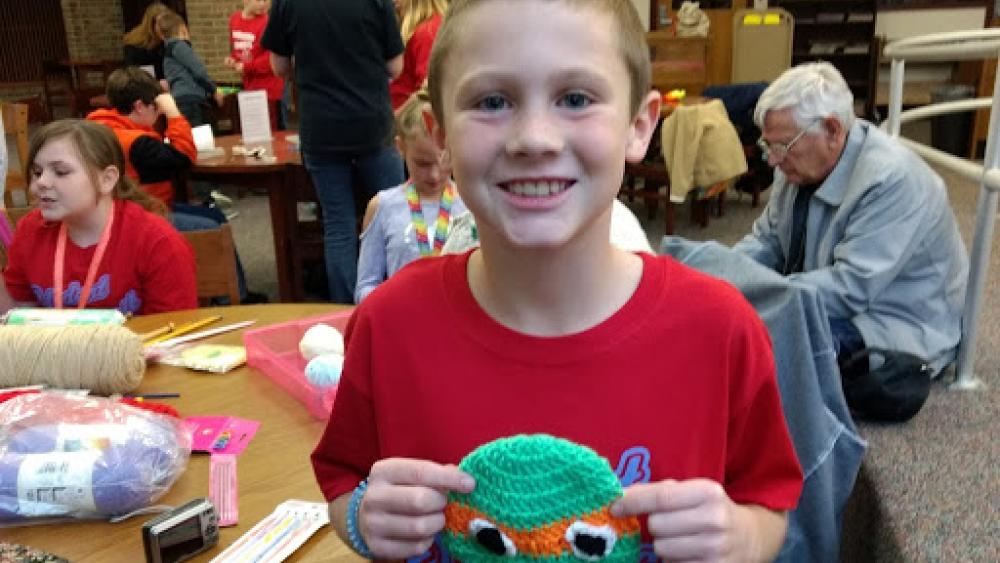There's no one-size-fits-all approach in education, and that's why Social Emotional Learning (SEL) is important.
SEL is the process through which children--and adults--acquire and apply knowledge, attitudes, and skills necessary to understand and manage emotions, set and achieve positive goals, feel and show empathy for others, establish and maintain positive relationships, and make responsible decisions (casel, 2017).
In many ways, the overarching goal of SEL is to work smarter, not harder. Why? Students are able to exercise agency in the SEL process. By infusing SEL through service-learning and philanthropy education, students can influence how social and emotional skills are taught and experienced. SEL skills make good learners and good, successful citizens.
Learning to Give lessons naturally incorporate SEL and are organized to help teachers include themes of philanthropy and giving into their curriculum. Each lesson includes the suggested lesson duration, objectives, materials needed, directions, and reflection activity. The lessons follow the philanthropy curriculum standards, as well as fit the majority of common core and state standards.
The goal of Learning to Give is to help students align knowledge and skills with their innate caring and generosity. This student-centered experiential approach deepens motivation to learn and give through purpose, mastery, and autonomy.
Teachers of all disciplines can initiate classroom discussions that center on real-world issues and teach students to ask questions, sift through facts, propose solutions, and take action to make the world a better place. SEL inspires empathy, self-efficacy, a sense of community, responsibility, and kindness.
Ms. Julie Clary, a teacher in Indiana, says her students felt "empowered to make a difference in their community" after teaching using Learning to Give's free online resources. In this short video, Clary explains the transformation of her students throughout a service-learning project. "It was a powerful year," she said. Many of Clary's students expressed fears; fear that they wouldn't have enough to eat, fear that a parent wouldn't be home when they got back from school. By starting with the Blue Sky Activity, Clary's students considered their fears and then related their passions and dreams to their lives. The students were given the agency to think about how to help alleviate each other's fears and then completed five activities to improve community conditions.
Mr. David Lockett, a teacher in Florida values service and philanthropy education and helped his students gain a deeper understanding of the world around them through a birdhouse project. "Students need to understand social problems and contribute generosity," said Lockett. After using the Learning to Give lesson 'Splish Splash Birdbath' Lockett's students researched and developed prototypes of birdhouses that would best support different bird populations. "They [the students] increased their understanding of the natural world around them, took ownership, and grew in their self-confidence and care for living things."
Philanthropy education and service-learning bring to life why and how we give. By connecting concepts with community, SEL has the ability to help students find their spark and impact each student in their own way.
